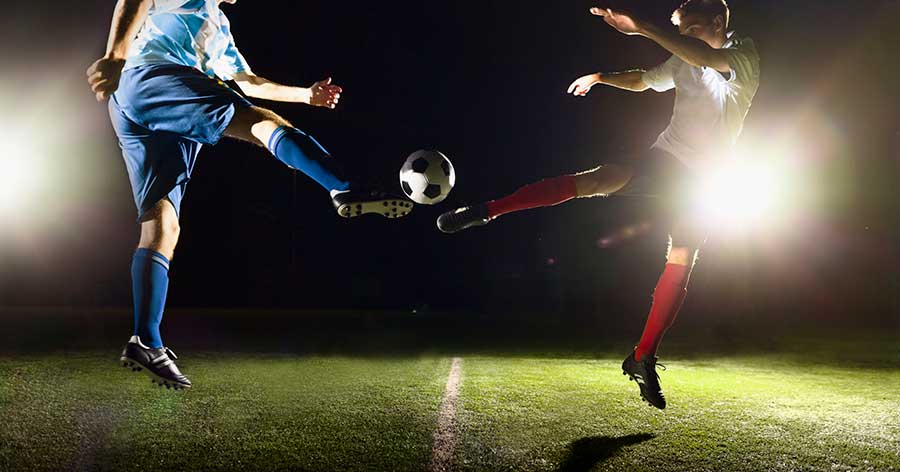What is Periosteal Contusion and How Can I Prevent It?
Have you ever smashed your shin against something? It hurts a lot, especially if you’ve managed to hit that area on the shin where there is no muscle. It’s literally skin and bone.
Although the pain may subside after a few minutes, on occasion the pain can linger and there can be residual “deformity”. What happened? Surely the bone isn’t broken, but it hurts so much! Often, when someone takes a significant smack on a bone and x-rays fail to show a fracture, people describe their injury as a bone bruise. The technical term is a periosteal contusion…so what does that mean? Is every bad bruise over a bone a bone bruise?
Periosteal Contusion (Bone Bruise)
Bone has a fibrous connective tissue on the outside of it. If you’ve ever noticed on a chicken bone, there is a tough outer shell. This is called the periosteum. Periosteum has nerve endings, so it has the ability to generate ample amounts of pain. It also has a great blood supply which nourishes the bone tissue. In the case of a true bone bruise, the blow damages these blood vessels and a series of cellular events takes place. Underneath the periosteum there can be a collection of blood, called a haematoma, which is the actual bruising of the bone, although we usually can’t see this with the naked eye. However, on occasion the infiltration of inflammatory cells along with the broken blood vessels gathers in the small space under the periosteum, which can actually raise the boney tissue. I’ve seen some hockey players who have “bumps” on their shins and wonder if they broke the bone many years ago when getting hit with a puck. What is more likely is that they had a significant rupture of the periosteal blood vessels which separated the layers of tissue and created a “bump” in the bone. Obviously, the many nerve endings in the area get sensitized and the pain can be very severe.
There are a few areas that are known for bone bruises. We already mentioned the front of the shin where it is literally just skin and bone. Hockey sticks and pucks (if not wearing shin pads), skateboards and soccer (without proper shin pads) are common situations that cause bone bruises. A “hip pointer” is a slang term to describe a certain bone bruise that affects the pelvis. Historically these are associated with football players, where contact is made on that very boney prominence on the front of the pelvis above the hips. This area of bone is called the anterior superior iliac spine (ASIS) and if contacted directly the vessels will rupture, the area will inflame, and the nerves can become quite sensitized. Given the cluneal nerve in the area, the pain with a hip pointer can be very significant.
Prevention and Treatment of Bone Contusions
Prevention of bone contusions is fairly straightforward. Wear the appropriate padding when playing sports and move the furniture out of the way so you don’t kick it while carrying laundry. With respect to diagnosis, fracture should be ruled out either clinically or if necessary, through x-ray. Treatment is usually comprised of reducing the inflammatory response and protecting the area. Although many practitioners are moving toward allowing the natural inflammatory reaction to run its course, it is traditionally thought that the natural inflammatory response is over-emphasized, so ice, anti-inflammatories, modalities and protection are necessary in the early stages to reduce the storm of cellular activity and to de-sensitize the aggravated nerve endings. At Burlington Sports Therapy, once fracture is ruled out, we might look to settle the area with laser therapy, interferential current or acupuncture.
Have a painful injury? Think you might have a bone bruise? Give us a call, we can help.
By Dr. Kevin McIntyre
References
Brukner & Khan. Clinical Sports Medicine 5th Edition. McGraw Hill Education
Gomez JE, Molina DD et al. Bone bruises in children and adolescents not associated with ligament ruptures. Orthop J Sports Med 2018 July; 6(7).








